On December 1, 2020 at 10:11 a.m. Eastern time, the China National Space Administration’s Chang’e-5 spacecraft successfully landed near Mons Rümker in the area of the Moon known as Oceanus Procellarum, or the “Ocean of Storms”. This is a sample return mission and will bring back the first new lunar material since the Soviet Union’s Luna 24 Mission in 1976. That mission returned 170 grams of lunar samples to the Earth. The Chang’e 5 return vehicle is designed to bring back up to 2 kilograms of lunar material, some of it from up to 2 meters beneath the surface. Touchdown of the sample return capsule is planned for Inner Mongolia in mid-December. The Chang’e 5 mission is the follow up to the successful Chang’e 4 mission which landed a robotic rover on the far side of the moon for the first time in January 2019.

Chang’e 5 view of lunar surface at landing (CNSA) 
Chang’e 5’s Mission Profile (The Planetary Society)
The month of December also marks another historical event on the Moon. The last landing of the Apollo Program, Apollo 17, took place on December 11, 1972. The crew consisted of Commander Eugene Cernan, Lunar Module Pilot Harrison Schmitt, and Command Module Pilot Ronald Evans. The command module was named America, and the lunar module was named Challenger. The landing site for the mission was the Taurus-Littrow valley.

Apollo-17 Launch (NASA) 
Commander Eugene Cernan, Lunar Module Pilot Harrison Schmitt, and Command Module Pilot Ronald Evans (NASA)

The Command Module America (NASA) 
Lunar Module Challenger (NASA) 
Taurus-Littrow Valley (NASA)

The Apollo 17 mission set many records. It was the first Saturn V launch at night, the longest time spent by astronauts on the lunar surface, longest total extravehicular activities, longest time in lunar orbit and the largest amount of lunar samples returned of any Apollo mission, 111 kilograms.
Apollo 17 carried the third and last Lunar Roving Vehicle. The Rover traveled a cumulative distance of approximately 35.9 km, with a total drive time of about four hours and twenty-six minutes. The greatest distance Eugene Cernan and Harrison Schmitt traveled from the lunar module Challenger was about 7.6 km.

Lunar Module Pilot Harrison Schmitt and a boulder on the lunar surface (NASA) 
Astronaut Cernan on the Moon (NASA) 
Lunar Roving Vehicle (NASA)

The crew splashed down in the Pacific Ocean on December 19 and was recovered by the aircraft carrier USS Ticonderoga, ending the Apollo Lunar Exploration Program. No human has yet returned to the moon since 1972. There are plans for NASA to send humans back to the Moon with the Artemis Program by the end of the decade.


